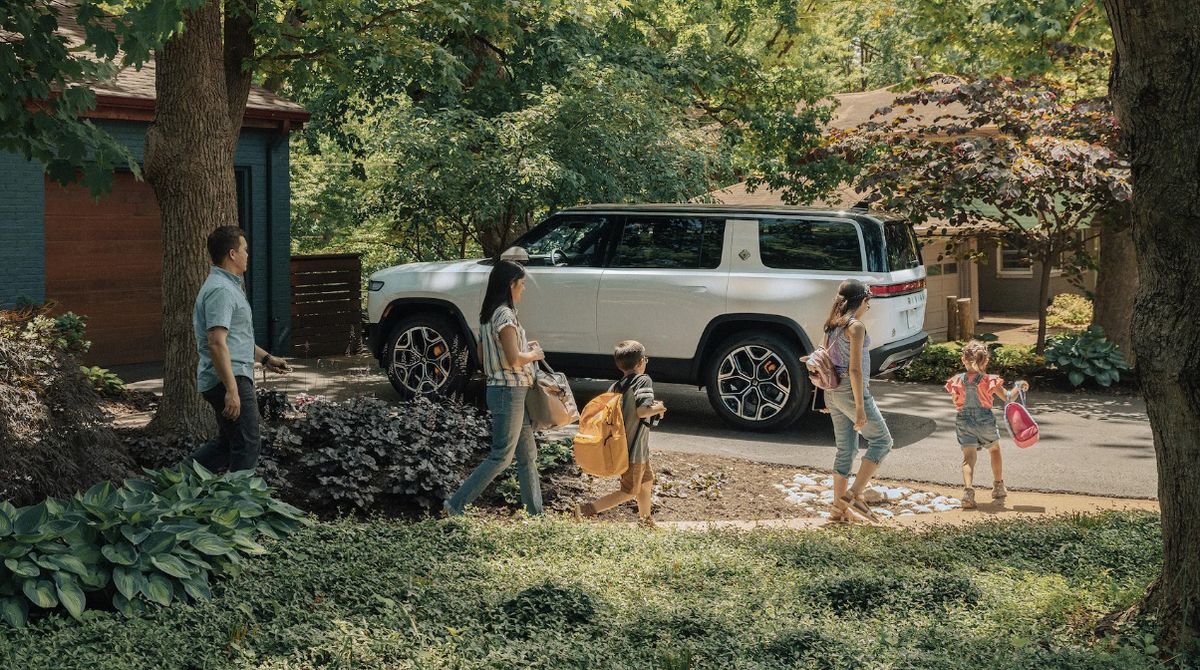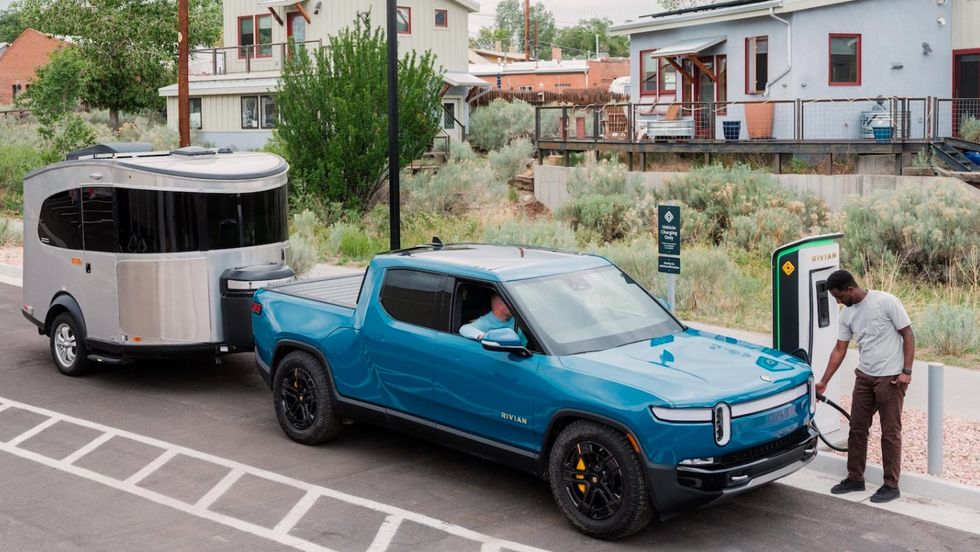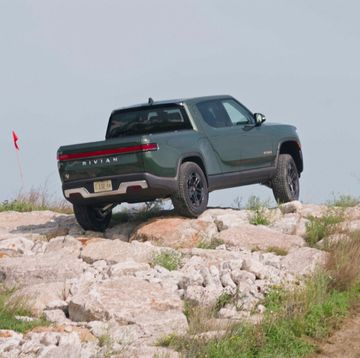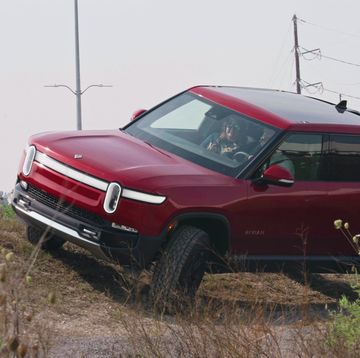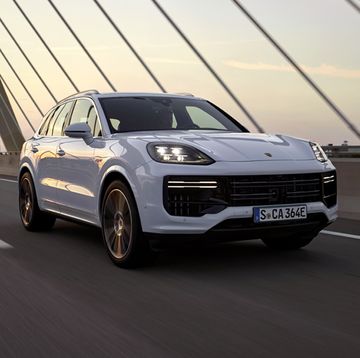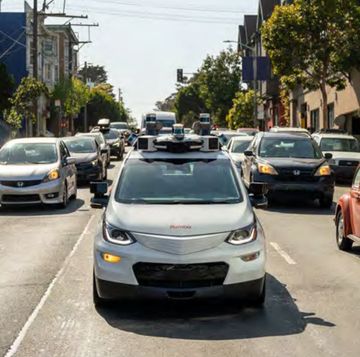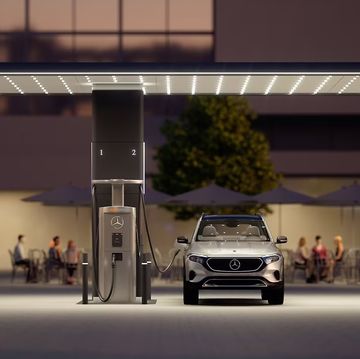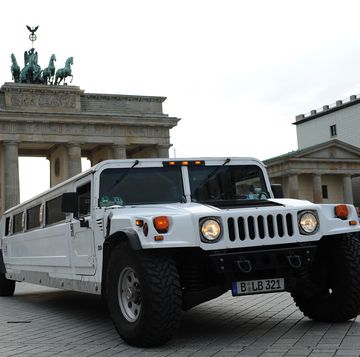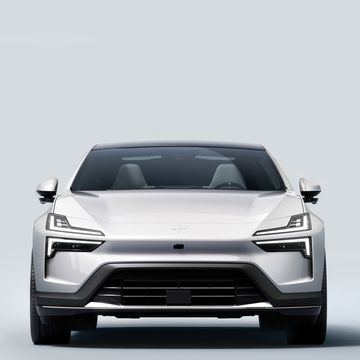- The company generated $536 million in revenue in the third quarter, but net losses amounted to $1.724 billion.
- The EV maker is still expecting to produce 25,000 vehicles this year, despite having been slowed down in the first two quarters by supplier issues and the rising costs of raw materials.
- Rivian has started a second shift at its Normal, Illinois, factory, and is making plans for a second US plant in Georgia slated to begin operations in 2026.
Rivian revealed its third-quarter financial results after a rocky first half of the year saw considerable pressures affect the ambitious EV startup. The automaker hasn't quite hit smooth sailing, but there is some indication for optimism.
For starters, Rivian revealed a month ago that it delivered 6584 vehicles and produced 7363 vehicles in the third quarter of this year, representing substantial gains over the 4467 EVs delivered and 4401 produced in the prior quarter. The automaker's numbers in the first quarter of the year were truly small: 2553 EVs produced and 1127 delivered. So Rivian has seen steady growth over the past year, while contending with supplier shortages and rapidly rising costs of raw materials.
Many of the same trends affected Rivian in the past three months as well. But the automaker started a second production shift at its Normal, Illinois, plant, which is now contributing to overall output. At the start of the third quarter Rivian shifted some of its outbound freight to rail, which delivered some cost savings.
"In the fourth quarter of 2022, we expect the in-transit time from rail shipments coupled with an increase in volumes from the ramp of our second shift towards the end of the quarter will cause a larger discrepancy between production and deliveries," the company said.
While production and deliveries have certainly grown over the past three months, Rivian still has a backlog of 114,000 orders for its R1T pickup and R1S sport utility. Even without doing the math, it's easy to see its order bank now stretches years into the future, taking the target 25,000-vehicle goal for 2022 at face value.
But production will have to grow by orders of magnitude in 2023 for Rivian to deliver that many EVs to customers, not counting the pending 100,000-van order from Amazon.
Likewise, the EV maker's finances are still awaiting a dramatic surge in vehicle output.
Rivian revealed this week that it generated $536 million in revenue in the third quarter, but also a negative gross profit of $917 million. Its net loss in the third quarter amounted to $1.724 billion. In the same period a year ago that loss amounted to $776 million, but that was just as Rivian was getting ready to start R1T and R1S production.
This was not unexpected as the company is still expending a lot of cash on operations, having only begun series production a year ago. "As we produce vehicles at low volumes on production lines designed for higher volumes, we have and will continue to experience negative gross profit related to labor, depreciation, and overhead costs," the automaker noted.
Rivian said its total operating expenses grew to $857 million in the third quarter, compared to $694 million in the same period in 2021, before series production began.
The EV maker ended the third quarter of 2022 with $13.8 billion in cash and cash equivalents, so it still has sufficient reserves for some time, despite the $1.6 billion hit in this quarter alone.
"This dynamic will continue in the near term and is impacted by the ongoing ramp of our second shift of production. But as we have already started to experience, we expect it will improve on a per-vehicle basis as production volumes ramp up faster than future labor and overhead costs increase," the automaker noted.
Looking ahead, Rivian is focusing on increasing production in Normal, Illinois, but cautions that supply chain constraints will continue to hold production back in the coming months.
Still, Rivian believes its 2022 output will hit 25,000 units as originally forecast, though it still has quite a bit of ground to make up in the fourth quarter.
The automaker is also making progress on plans for a second factory, this time in Georgia, that will produce vehicles on its future R2 platform, slated to come online in 2026. "We expect the R2 platform will unlock a global market opportunity for Rivian and are excited about the early development work that is under way," the automaker noted.
Rivian has faced severe and unexpected headwinds in 2022, while also kicking off the Amazon van production.
Quite a lot has to still go right for the automaker to hit the 25,000-unit target for 2022, and to make progress in the coming years on its 114,000 R1 vehicle backlog, which does not include the 100,000 Amazon vans.

Jay Ramey grew up around very strange European cars, and instead of seeking out something reliable and comfortable for his own personal use he has been drawn to the more adventurous side of the dependability spectrum. Despite being followed around by French cars for the past decade, he has somehow been able to avoid Citroën ownership, judging them too commonplace, and is currently looking at cars from the former Czechoslovakia. Jay has been with Autoweek since 2013.
